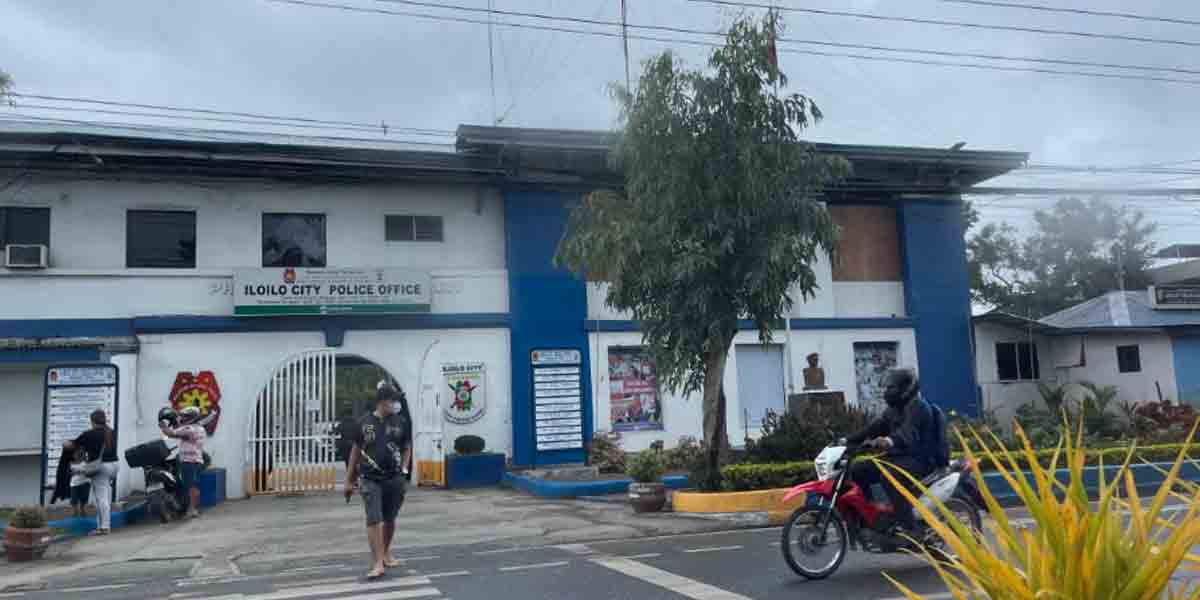The Philippine Constitution mandates that education must receive the highest budgetary priority. Yet, in practice, the Department of Public Works and Highways (DPWH) often takes precedence over the Department of Education (DepEd), exacerbating a classroom shortage that could take two decades to resolve and help “aisle learners.”
The latest report from the Second Congressional Commission on Education (EDCOM II) highlights a massive backlog of 165,443 classrooms, leaving over 5.1 million students crammed into overcrowded spaces. The government’s slow pace in addressing the crisis—exemplified by the completion of only 847 classrooms expected by the end of 2024—points to the gravity of the problem.
A closer look at the budget allocation reveals an alarming trend. The Basic Education Facilities Fund once stood at PHP 118 billion in 2017 but has plummeted to a mere PHP 28 billion for 2025. While DepEd estimates that PHP 105 billion is needed annually to meet the demand for classrooms, the proposed budget for new school buildings in 2025 is only PHP 7.2 billion—grossly insufficient.
The crisis stems from systemic inefficiencies, including bureaucratic bottlenecks in procurement, outdated data used for planning, mismatched construction costs, and a lack of coordination among government agencies. Population growth continues to outpace the government’s capacity to build, while site disputes and limited buildable space further delay construction projects.
EDCOM II proposes several reforms, such as improving data accuracy, holding agencies accountable, and implementing innovative building strategies like prefabricated classrooms and mid-rise school buildings. These measures, while helpful, are not enough. The country needs bolder steps to ensure a more efficient and sustainable approach to addressing the crisis.
One immediate solution is reallocating infrastructure funds from non-essential DPWH projects to education. Too often, roads to nowhere and unnecessary flyovers receive priority over schools. Congress must rectify this imbalance by ensuring that the education sector receives the funding it deserves.
Furthermore, decentralizing governance in classroom construction could help speed up implementation. Local government units (LGUs), in coordination with DepEd and private sector partners, should be empowered to manage school building projects. This would cut through bureaucratic red tape and allow regions to address their specific needs more efficiently.
The government must also explore alternative financing models, such as Build-Operate-Transfer (BOT) schemes or education-focused infrastructure bonds. Countries like Indonesia and Vietnam have successfully leveraged public-private partnerships to accelerate classroom construction. The Philippines should follow suit.
Technology-driven solutions should also be at the forefront. Modular and prefabricated classrooms can be deployed more quickly than traditional buildings. Digital learning centers and hybrid education models can help ease congestion, especially in highly populated areas where building space is limited.
Most importantly, education must be treated as a long-term investment rather than an afterthought. Beyond constructing classrooms, the government must address teacher shortages, improve learning materials, and ensure that every Filipino student has access to a quality education in a conducive environment.
The current trajectory suggests that millions of students will continue to suffer in substandard learning conditions for decades. Without immediate and aggressive intervention, the promise of accessible and quality education will remain a distant dream. The government cannot afford to delay—education must come first, as the Constitution demands.





















